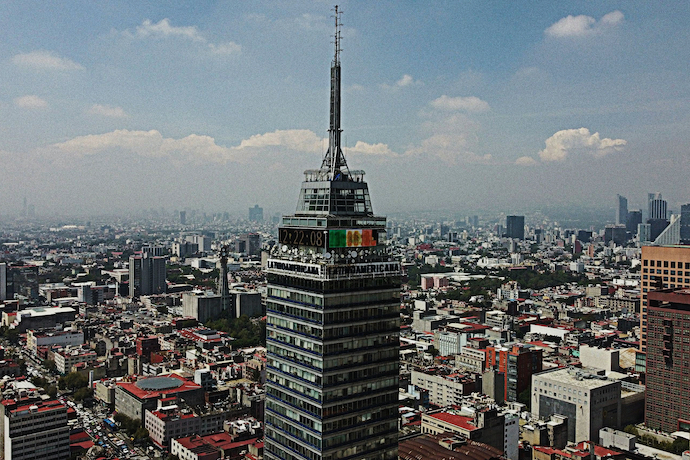
Address Climate Change in Latin America, Don’t Leave it to China
Despite some historic lows, the U.S. currently maintains an amicable relationship with most of Latin America. Yet, underneath, there is a deep underlying anti-American sentiment that is rooted in U.S. intervention in the region during the 20th century. This sentiment is still seen today. The U.S. is viewed as the nation of production, consumption, and accumulation of capital; as the nation that seeks power and forgets about what may happen afterward. Unfortunately, America’s failure to improve its reputation and relations in the region has opened the door to competitors like China.
The region was America’s primary concern when it wanted to expand its power and compete with other powers like Spain and the Soviet Union. The Monroe Doctrine, Roosevelt’s Corollary, and the “Big Stick” ideology framed the U.S. approach to Latin America, one based on political, economic, and military intervention. These strategies allowed the U.S. to grow and eventually maintain its global leadership status. The region was key for the U.S. during the Cold War, and it should be the key for its competition with China now. The United States should develop good climate change and economic policies in the region, like loans with fewer conditions and better terms, to counter China’s growing presence.
Climate change is a common goal. Addressing climate change is one of the key objectives of the Biden administration. Partnering with other countries would help the U.S. achieve its international and national goals. Thankfully, many countries in the region like Chile, Costa Rica, and Jamaica have demonstrated their dedication and commitment to addressing climate change by following the Paris Climate Agreement. They have set up ambitious climate change goals to move to greener economies by 2050 and developed the region’s first environmental treaty, the Escazú Agreement.

The United States needs to compete better economically with China in Latin America. In 2000, the Chinese market accounted for less than 2% of Latin America’s exports, with a trade value of just $12 billion. Over the next eight years, trade grew at an average annual rate of 31%, reaching a value of $180 billion by 2010. As of 2021, trade totaled $451.6 billion. China is currently South America’s top trading partner and the second largest for the entire region after the U.S. Its share of trade will keep growing. China has free trade agreements with Chile, Costa Rica, and Peru, and twenty countries have signed on to its Belt and Road Initiative. Even though the U.S. has free trade agreements with these same countries, as well as others like Colombia, the U.S. needs to compete more effectively with China in the same playing field.
China has been financing green energy projects to help these countries reach their climate change goals. Its loans have fewer conditions attached to them and its companies have lower environmental and labor standards. The United States needs to match China’s favorable loan terms and surpass its environmental and labor standards. The United States needs to showcase efforts in climate change and support democracy and respect for human rights in the region.
Finally, addressing climate change would open new trade and market opportunities. A whole new area of trade between the U.S. and Latin America would support existing green industries, incentivize the development of greener technologies nationally and regionally, and create new jobs in the process.
Some say China’s political ideologies seem more appealing to the region, taking into consideration that Latin America has been leaning left. Colombia recently elected its first-ever left-leaning president, for example. However, most of these countries’ ideologies match that of the U.S., including respect for human rights. The Inter-American system of human rights is one of the most innovative systems in the world; it is the leader on issues like Indigenous Peoples and violence against women.
Addressing climate change in Latin America would help counter anti-American sentiment and enable the U.S. to counter other actors in the region. A greener future is cooperative, diplomatic, democratic, and respectful of human rights. Wanting a better and sustainable future, and protecting the environment, are goals that the United States and Latin America share. Our unity, understanding, and cooperation will help us succeed in our shared struggle against climate change.

